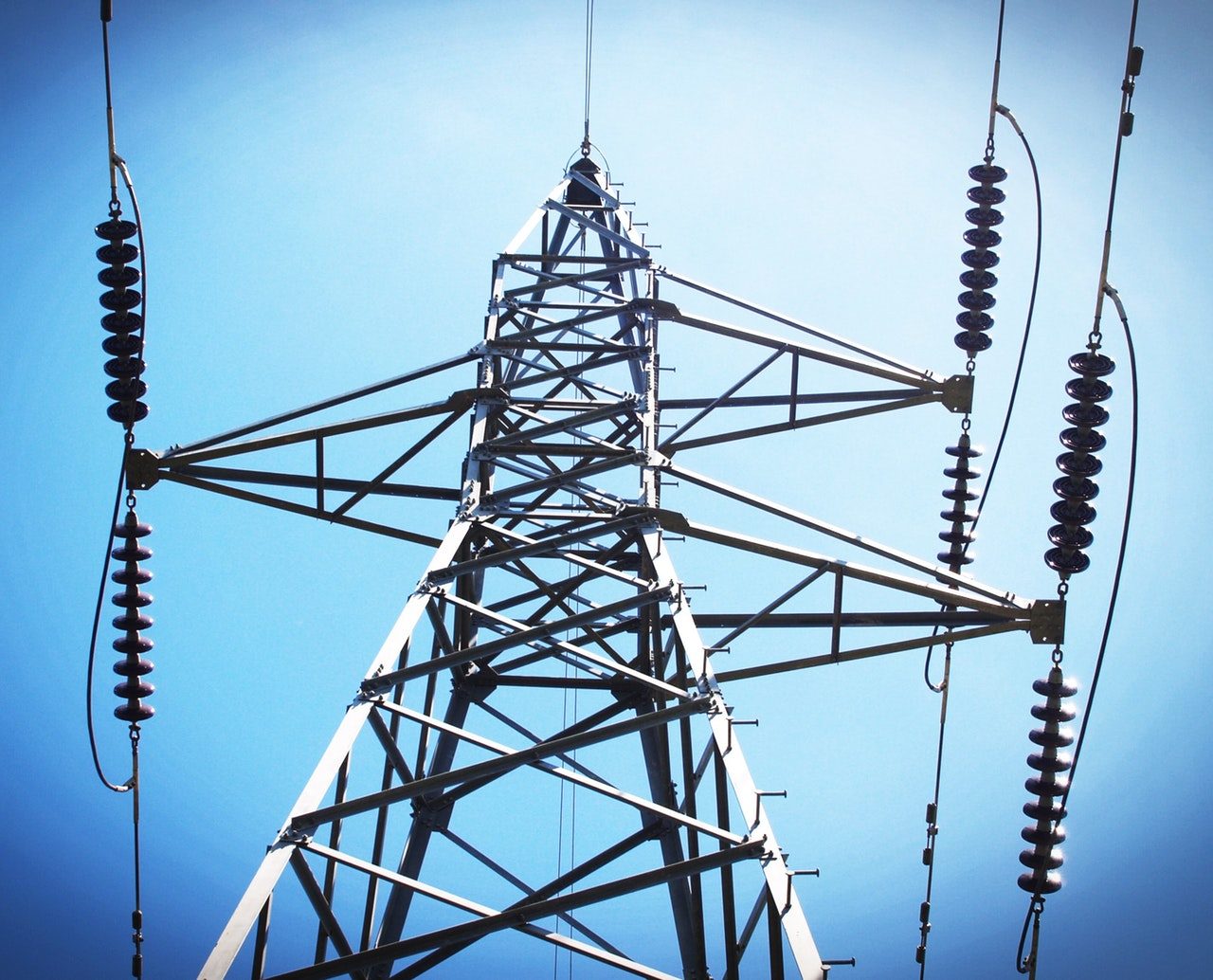-
VALCOE cost comparison method may favour hydrocarbon-fired power generation
Date posted:
-
-
-
Post Author
Patrick LaveryCombustion Industry News Editor
-

-
In news from the beginning of the year not yet covered in the Combustion Industry News, the International Energy Agency’s most recent World Energy Outlook has included a new means to compare the costs of different power generation technologies. The new measure, the Value-Adjusted Levelized Cost of Electricity, a modification of the conventional Levelized Cost of Electricity, now includes three additional considerations of value. One is the electricity price that a plant might earn from the market it operates in – fossil-fired plants may take advantage of peak demand to increase generation and therefore revenue. The second is value through a plant’s flexibility and its ability to provide ‘system services’ such as frequency regulation or reserve power. The third is value from the proportion of a plant’s capacity that would be available on demand. While the second and third seem to overlap somewhat, all three considerations will usually be favourable for fossil-fired power plants. However, though the VALCOE may be a better measure of cost for grid managers, it may not accurately reflect the incentives for utilities – the second and third considerations will probably not be ones utilities consider, unless the grid manager changes grid rules to include them. Additionally, VALCOE, while a more comprehensive measure of cost, is not itself all-encompassing . Externalities – the costs incurred by society as a whole, for instance from carbon pollution – are not typically included in LCOE or VALCOE, and would tend to shift the balance again towards solar and wind, perhaps significantly. On the other hand, the cost of integrating renewables into the grid are not included, though this cost is believed to be relatively small. Overall, however, if VALCOE is adopted as the new normal way of comparing cost, existing coal-fired plants will remain the cheapest means of producing electricity worldwide until 2040 (except in some cases where it will be existing gas), and new coal plants will be highly competitive in India and China, according to IEA predictions. These are, of course, only predictions, and policy environments might change considerably, as might technologies.
